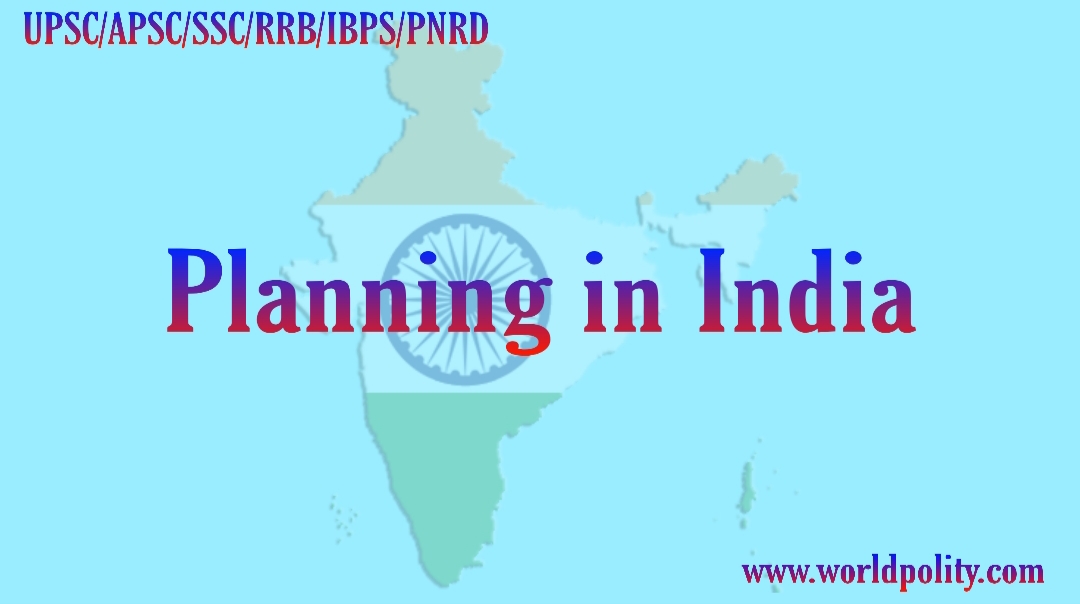

A repository area holding processes to support governance of the Architecture RepositoryĮ. A repository area holding guidelines and templates used to create new architecturesĭ.

A repository area holding a record of the governance activity across the enterpriseĬ. A repository area holding a description of the organization specific architecture framework and methodī. Question: 106 Which of the following best describes the Standards Information Base?Ī. According to TOGAF, a _is a representation of a system from the perspective of a related set of_. TOGAF defines five criteria for a good set of principles: Understandable, Robust, Complete, Consistent and_. Specifications to which architectures must conform Processes to support governance of the Architecture RepositoryĮ. Guidelines and templates used to create new architecturesĭ. A record of the governance activity across the enterpriseĬ. A description of the organization specific architecture framework and methodī. Question: 103 Which of the following best describes the class of information known as the Reference Library within the Architecture Repository?Ī. Question: 102 When using a cycle of the ADM to establish an Architecture Capability as described in TOGAF Part VII, which architecture would describe the infrastructure requirements? Question: 101 According to TOGAF, which of the following terms is defined as the key interests that are crucially important to stakeholders? Question: 100 In which section of the TOGAF template for Architecture Principles would a reader find the answer to the “Question: of ‘How does this affect me”? Generic technology models relevant to the organization’s industry sector Generic data models relevant to the organization’s industry sectorĭ.

Generic business models relevant to the organization’s industry sectorĬ. Generic application models relevant to the organization’s industry sectorī. Question: 99 Which one of the following is considered a relevant architecture resource in Phase D?Ī. Business Transformation Readiness Assessment Question: 98 Which of the following does TOGAF recommend for use in developing the Architecture Vision?Ĭ. Identifying stakeholders and their concerns Evaluating the enterprise architecture maturityĮ. Defining relationships between management frameworksĭ. Question: 97 Which one of the following is an objective of Phase A, Architecture Vision?ī. To ensure that the method is being applied correctly To enable the architecture domains to be integratedĭ. To enable development of reference architecturesĬ. To build a top-down, all inclusive architecture descriptionī. Question: 96 Which of the following best describes the need for the ADM process to be governed?Ī. A process for developing an organization-specific enterprise architecture A process for managing and controlling change at an enterprise-wide levelĮ. A classification mechanism for architectures and solutionsĬ. A process for managing architecture requirementsī. Question: 95 Which of the following best describes the TOGAF Architecture Development Method?Ī. Which version number in this convention indicates a formally reviewed, detailed architecture? Question: 94 TOGAF uses a version numbering convention to illustrate the evolution of the Baseline and Target Architecture Definitions. Question: 93 According to TOGAF, which of the following types of architecture has major characteristics that include open system standards and general building blocks? Question: 92 Which of the following is described by the TOGAF Architecture Content Framework as a type of artifact that shows lists of things? Question: 91 In which ADM phase is the Implementation and Migration Plan coordinated with other frameworks? TOGAF – Multiple Choice Questions with Answers – Part 4.TOGAF – Multiple Choice Questions with Answers – Part 3.TOGAF – Multiple Choice Questions with Answers – Part 2.TOGAF – Multiple Choice Questions with Answers – Part 1.This version was mainly based on the Technical Architecture Framework for Information Management (TAFIM), development started in the late 1980s by the US Department of Defense. In 1995, the first version of TOGAF (TOGAF 1.0) was presented. TOGAF was initiated in the early 1990s as methodology for the development of technical architecture, and has been developed by The Open Group into an extensive enterprise architecture framework.


 0 kommentar(er)
0 kommentar(er)
